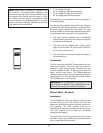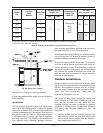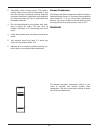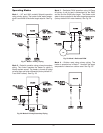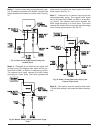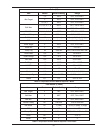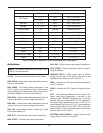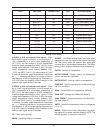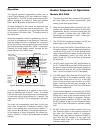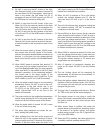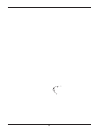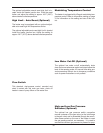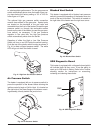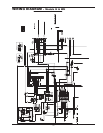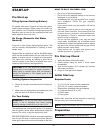
36
Operation
The Raypak electronic temperature control uses a
Liquid Crystal Display (LCD) as a method of supply-
ing information. The LCD is used to setup and monitor
system operation by means of three push buttons
(Item, ▲ and ▼) shown at the bottom of Fig. 34.
All items displayed by the control are organized into
two menus, the view menu and the adjust menu. The
active menu is displayed in the upper right hand side
of the display in the menu field. The default menu is
the view menu.
When the temperature control is powered up, the con-
trol turns on all segments in the display for 2 seconds,
then the software version is displayed for 2 seconds.
At the end of that 4 second period, the control enters
the normal operating mode and “VIEW” is displayed.
Pressing the scroll button “scrolls” through the dis-
played values in the “VIEW” menu.
To make an adjustment to a setting in the control,
begin by selecting the “ADJUST” menu. To change
from the view menu to the adjust menu, simultaneous-
ly press and hold all three buttons for 1 second. The
menu name, “ADJUST” will be displayed in the menu
field.
The menu will automatically revert back to the view
menu after 20 seconds of keyboard inactivity. Then
scroll to the desired item using the scroll button. Fi-
nally, use the ▲ or ▼ button to make the adjustment.
In the absence of other information, the values pro-
vided in Tables O, P and Q should be used as default
settings.
Heater Sequence of Operation
Models 504–2004
1. The black (hot) wire lead, located at the right-mid-
dle front inside the control compartment, goes
directly to the main power switch.
2. When the main power switch is placed in the “ON”
position, the 120 VAC terminal block in the control
compartment, the N.O. contacts of pump relay, the
N.O. contacts of blower relay, the 120/24 VAC
transformer, and terminals L1 and F1 of the igni-
tion module are powered.
3. The 120/24 VAC transformer sends a 24 VAC hot
power signal to the 24V Terminal Block.
4. 24 VAC is sent from the 24V Terminal Block to the
NO pump contacts on the modulating temperature
control (pin #13), to pin TP2 of the optional alarm
relay, to terminal R of the alarm circuit on the mod-
ulating temperature control (pin #24) and the
green “Power On” LED on the front of the heater
will illuminate.
5. 24 VAC power is sent from 24V Terminal Block to
Pin P1-1 of the UDB board, the 24 VAC terminal of
the ignition control module, the common contact of
the manual high limit, pin P3-1 of the UDB board
and L1 of the Low Water Cut Off (if equipped).
6. A 24 VAC signal is sent from the NC contact of the
manual high limit to the common terminal of the
Blocked Vent Switch and to Pin P1-1 of the UDB
board. During a blocked vent condition a 24 VAC
signal is sent from the NO open contacts of the
Blocked Vent Switch to pin P3-5 of the UDB board
to indicate a safety fault.
7. During normal operation of the heater the 24 VAC
signal exits the NC contacts of the Blocked Vent
Switch and is sent to the common terminal of the
Low Gas Pressure Switch (if equipped). During a
low gas pressure condition 24 VAC is sent from
the NC contacts of the Low Gas Pressure Switch
to pin P3-6 of the UDB board to indicate a safety
fault.
8. 24 VAC is sent from the NO contacts of the Low
Gas Pressure Switch to the common terminal of
the High Gas Pressure Switch (if equipped).
During a high gas pressure condition 24 VAC is
sent from the NO contacts of the High Gas
Pressure Switch to pin P3-7 of the UDB board to
indicate a safety fault.
Modulating
Control
Item
DHW
Modulation
External Input
Signal
Offset
Fig. 34: Modulating Temperature Control Display
Item Field
Displays an
abbreviated
name of the
selected item
Buttons
Selects
Menus,
Items and
adjusts
settings
{
Menu Field
Displays the current menu
Number Field
Displays the
current value of
the selected
item
Status Field
Displays the
current status
of the control’s
inputs, outputs
and operation



